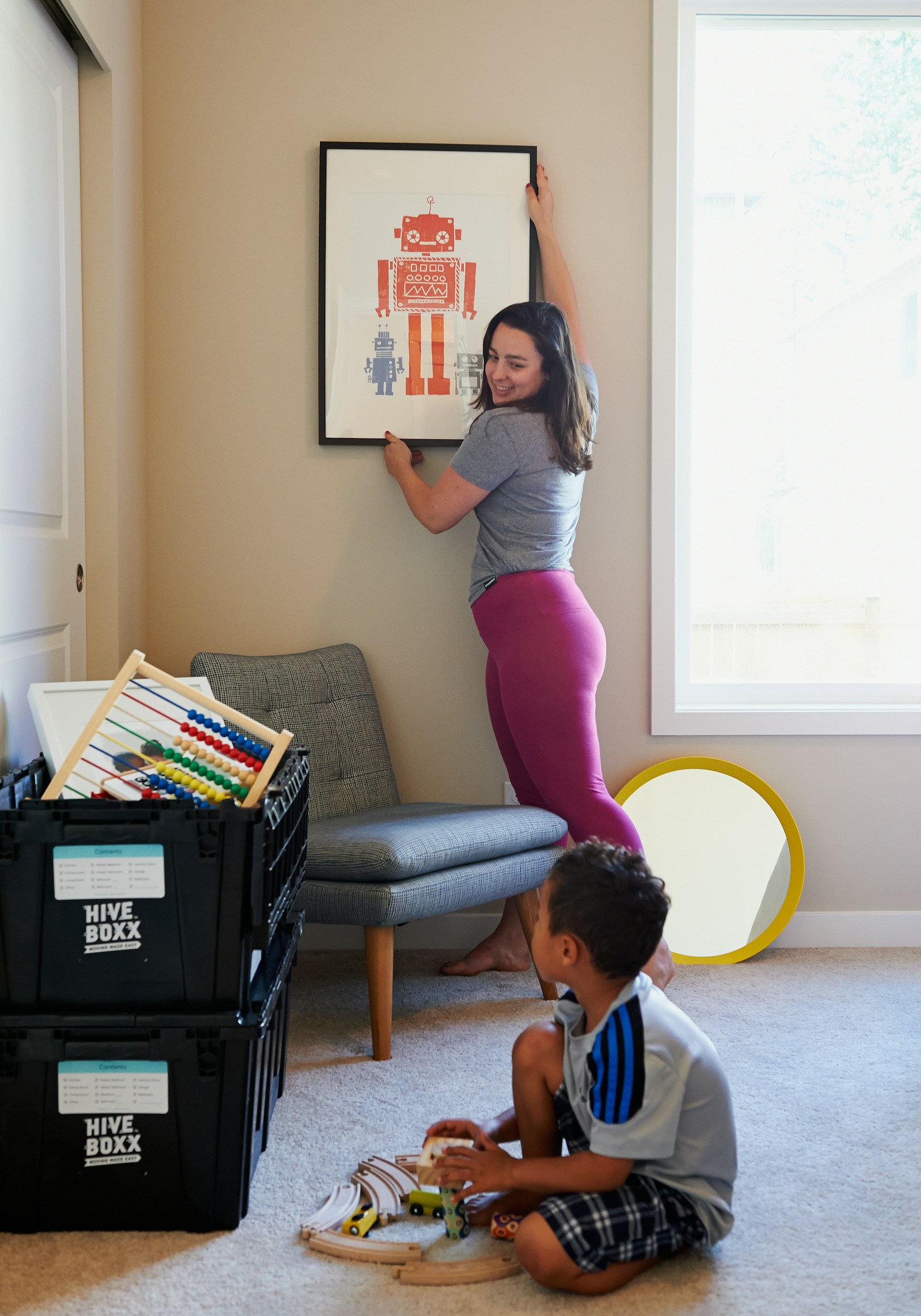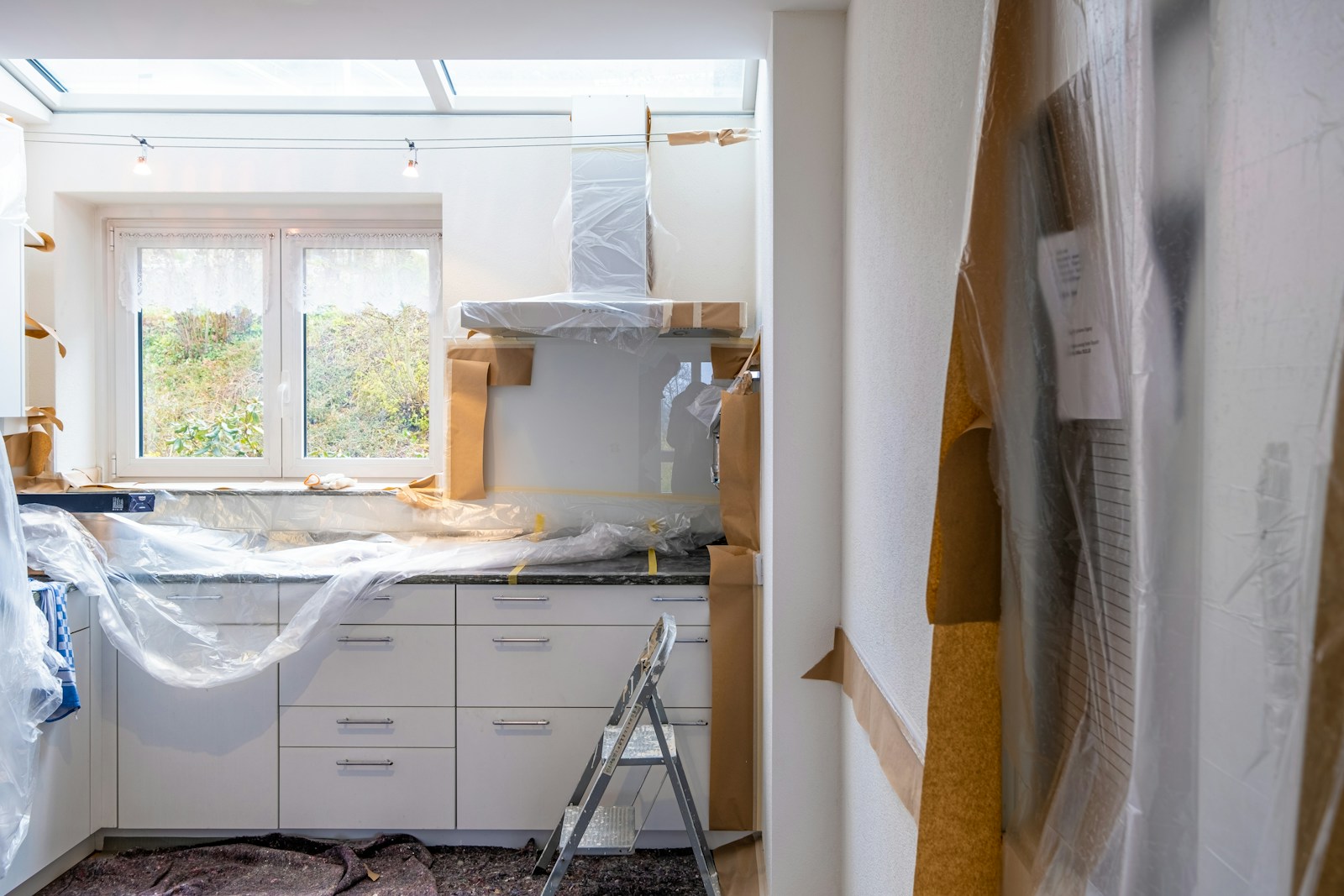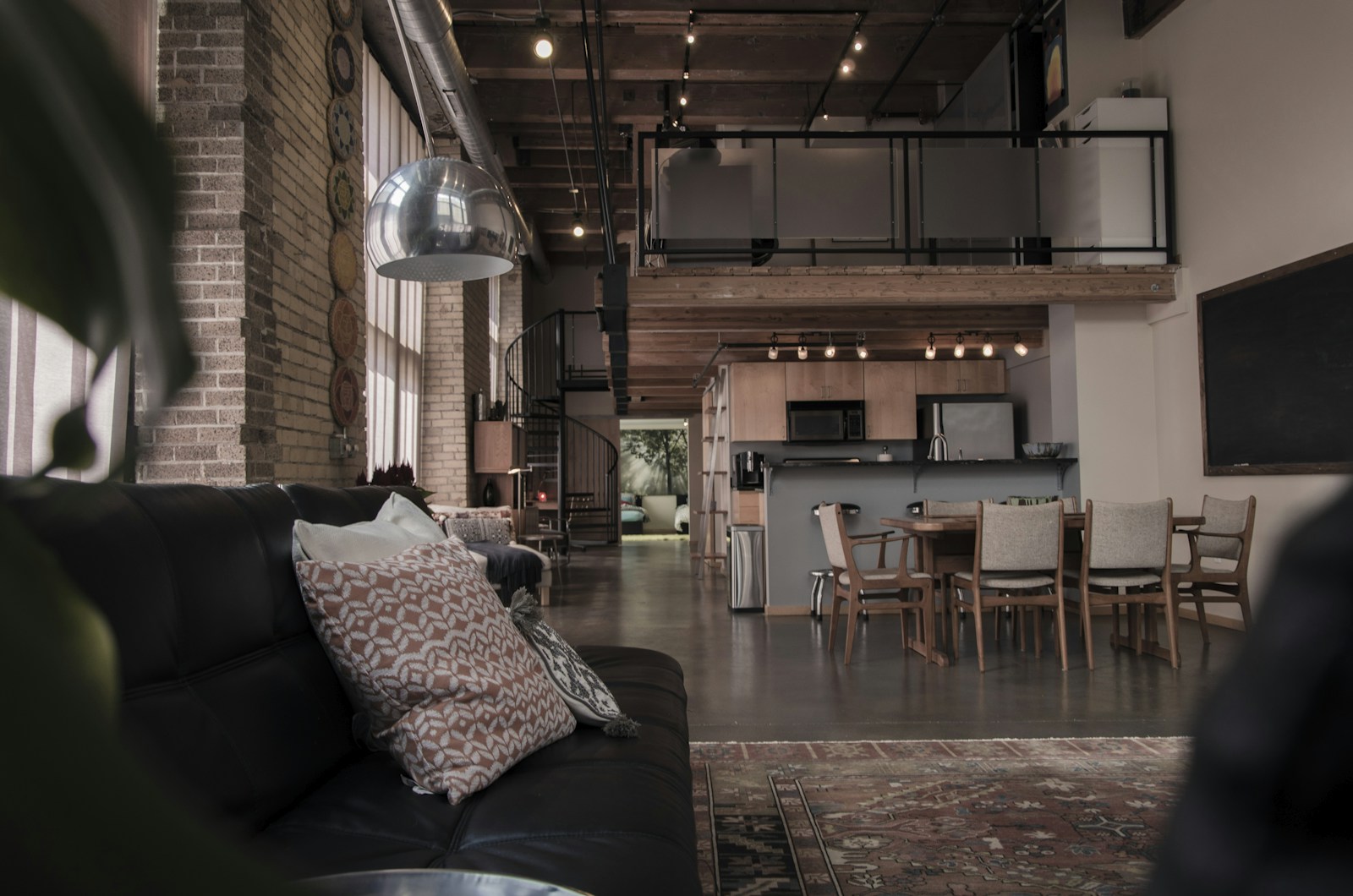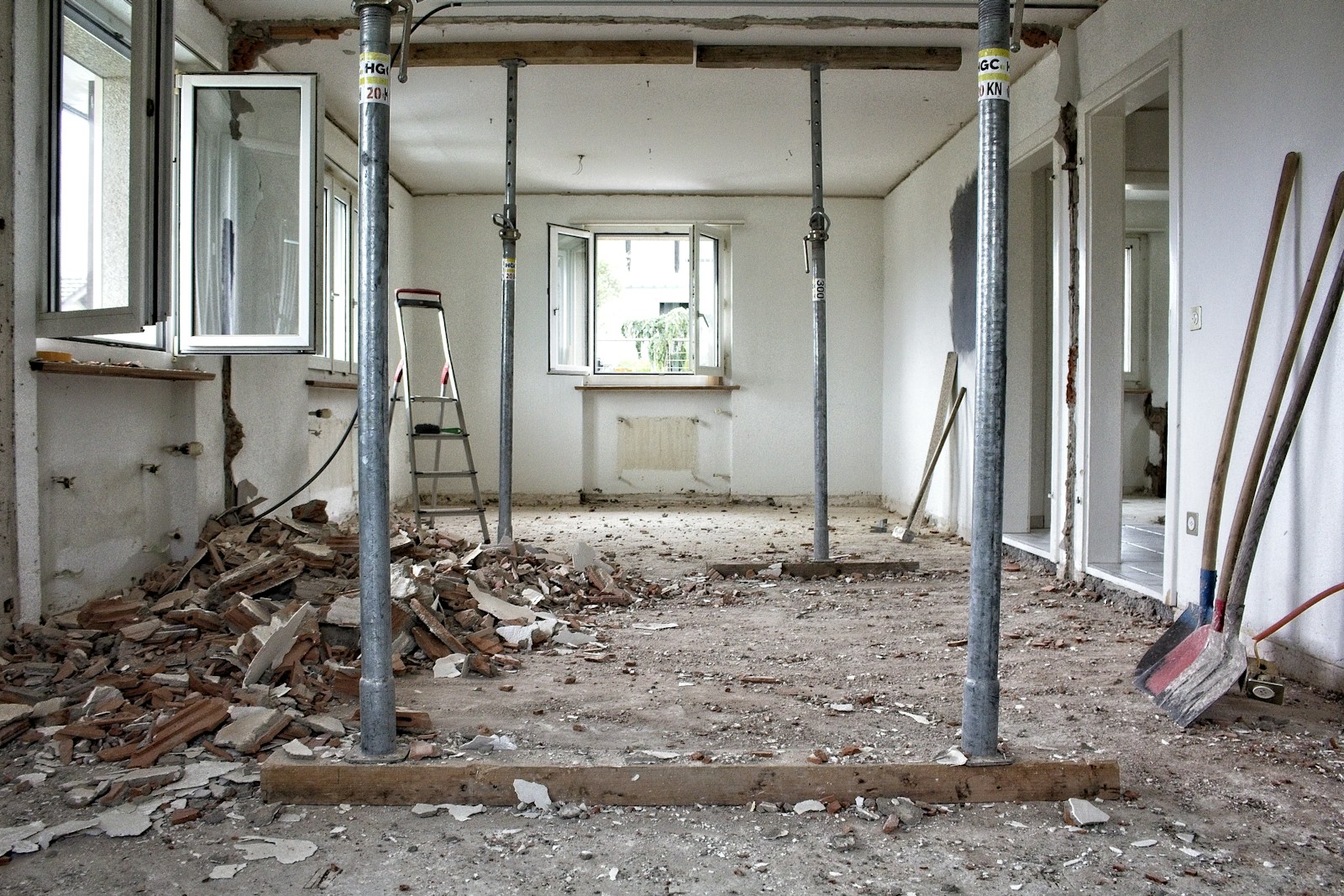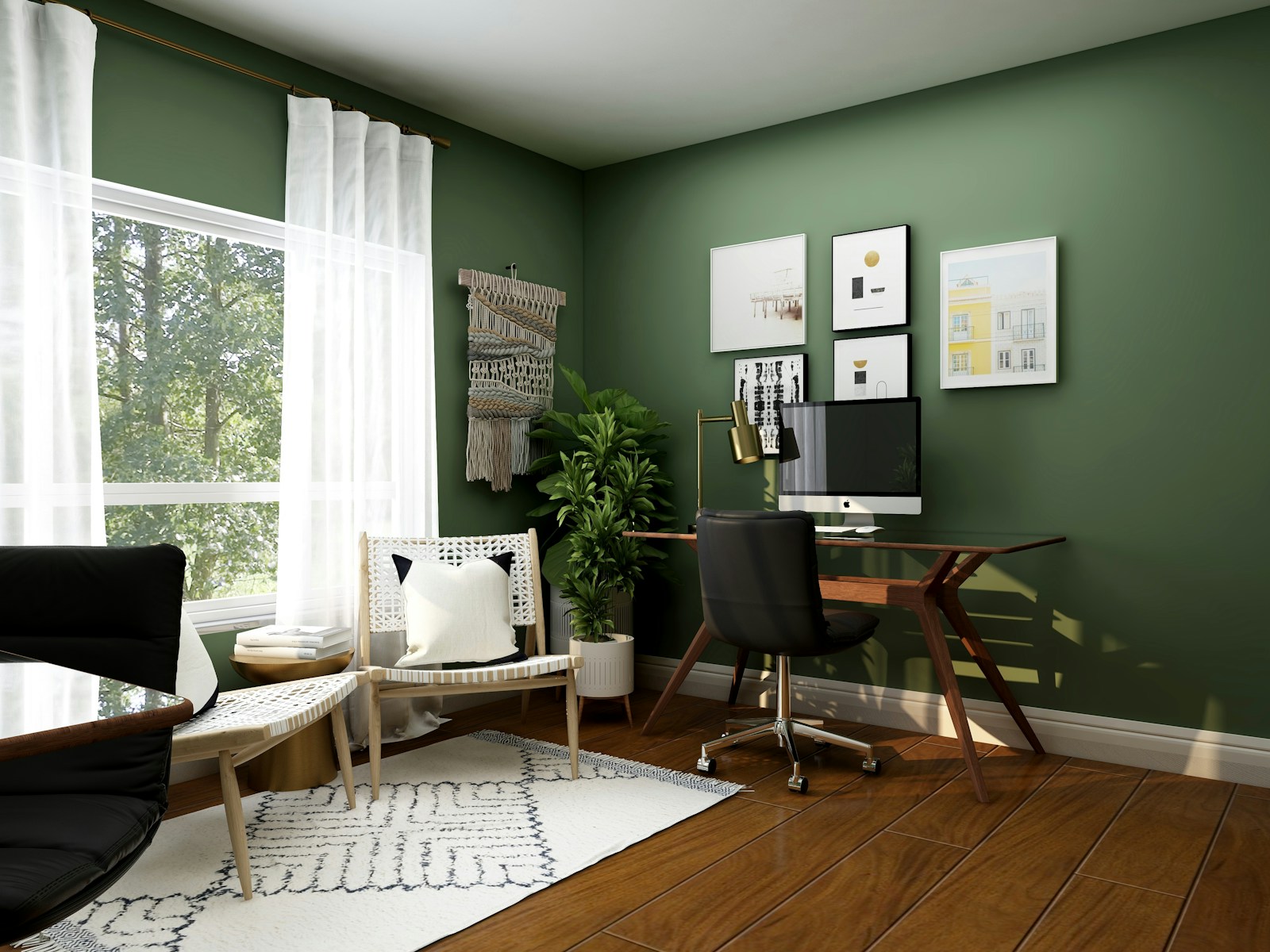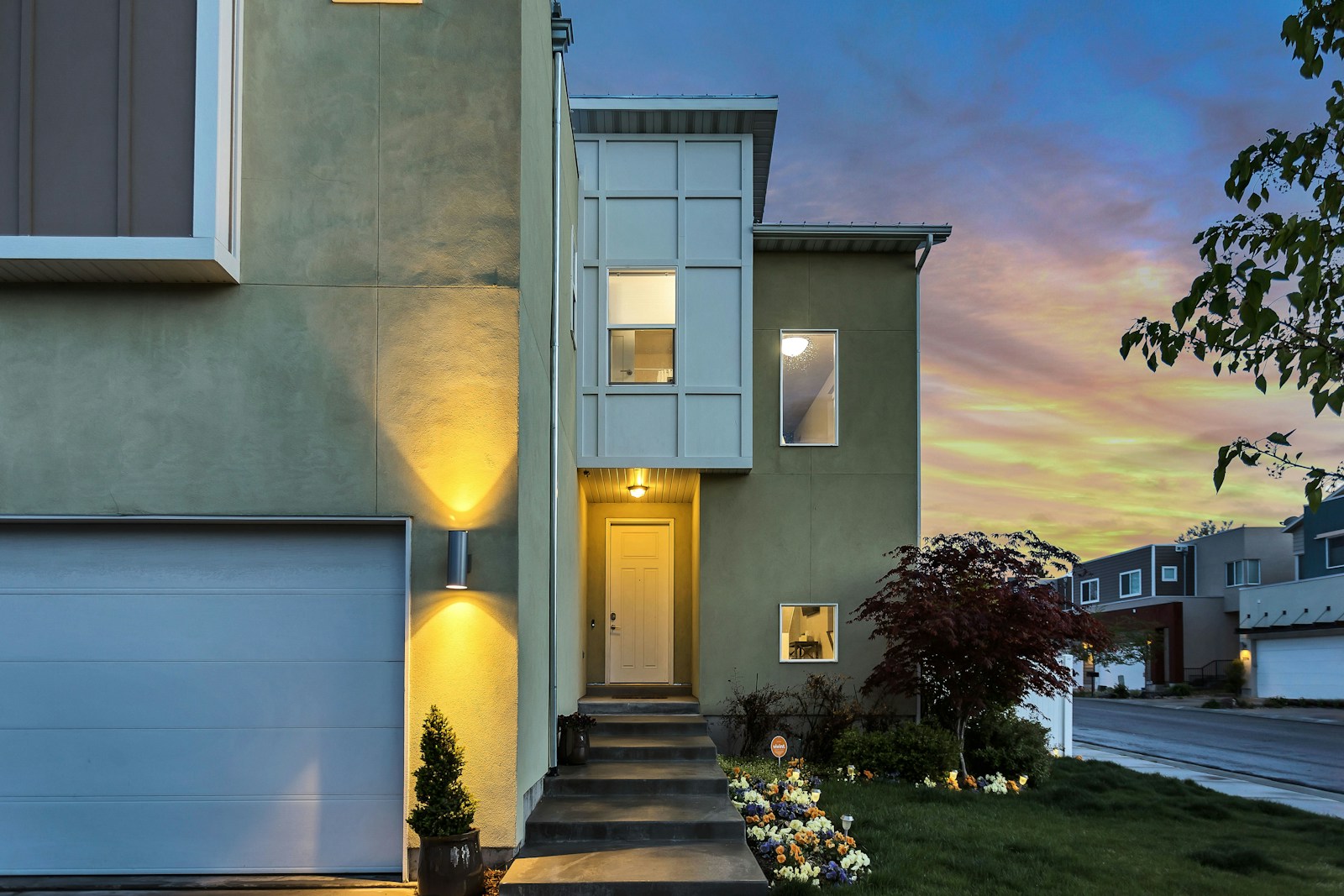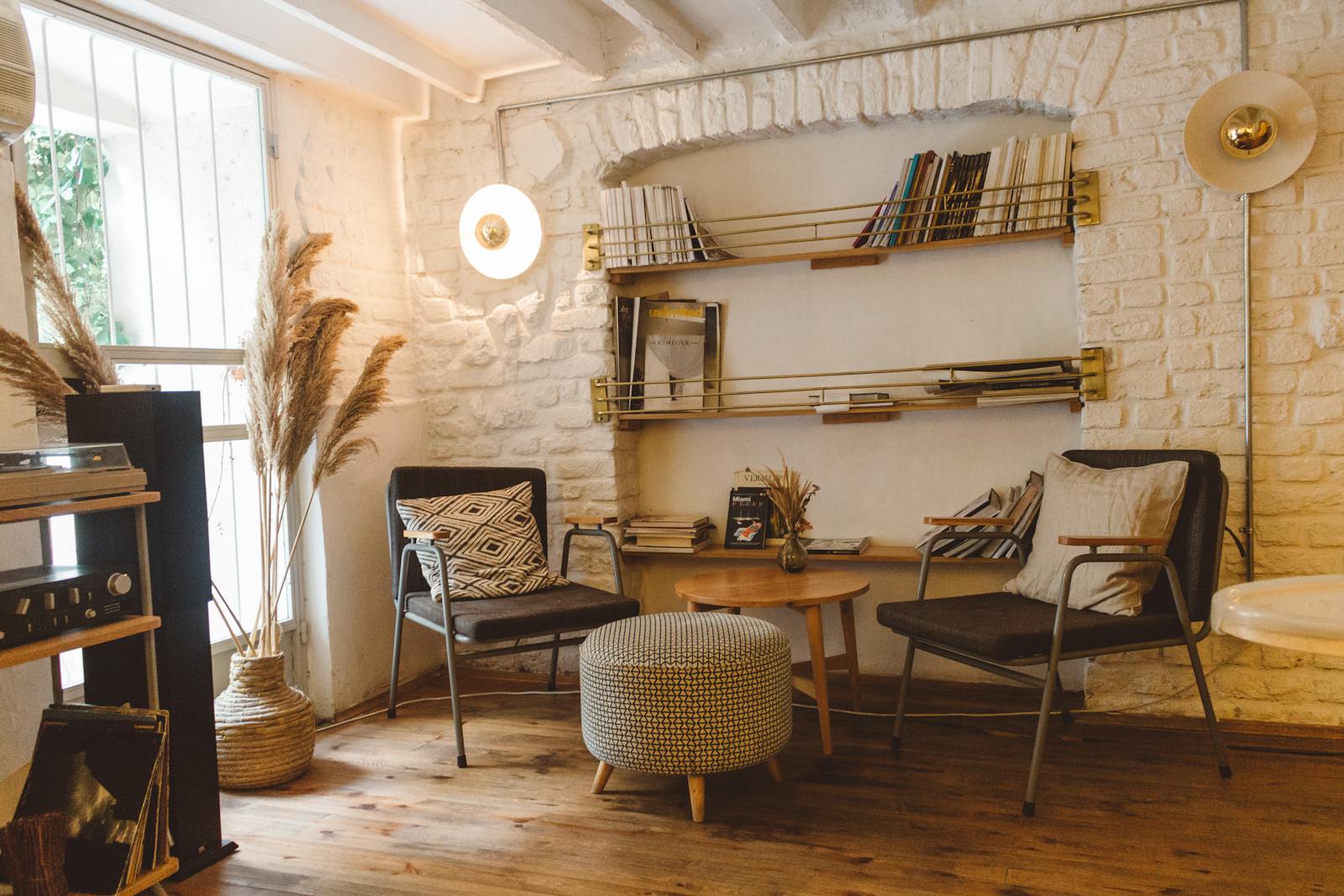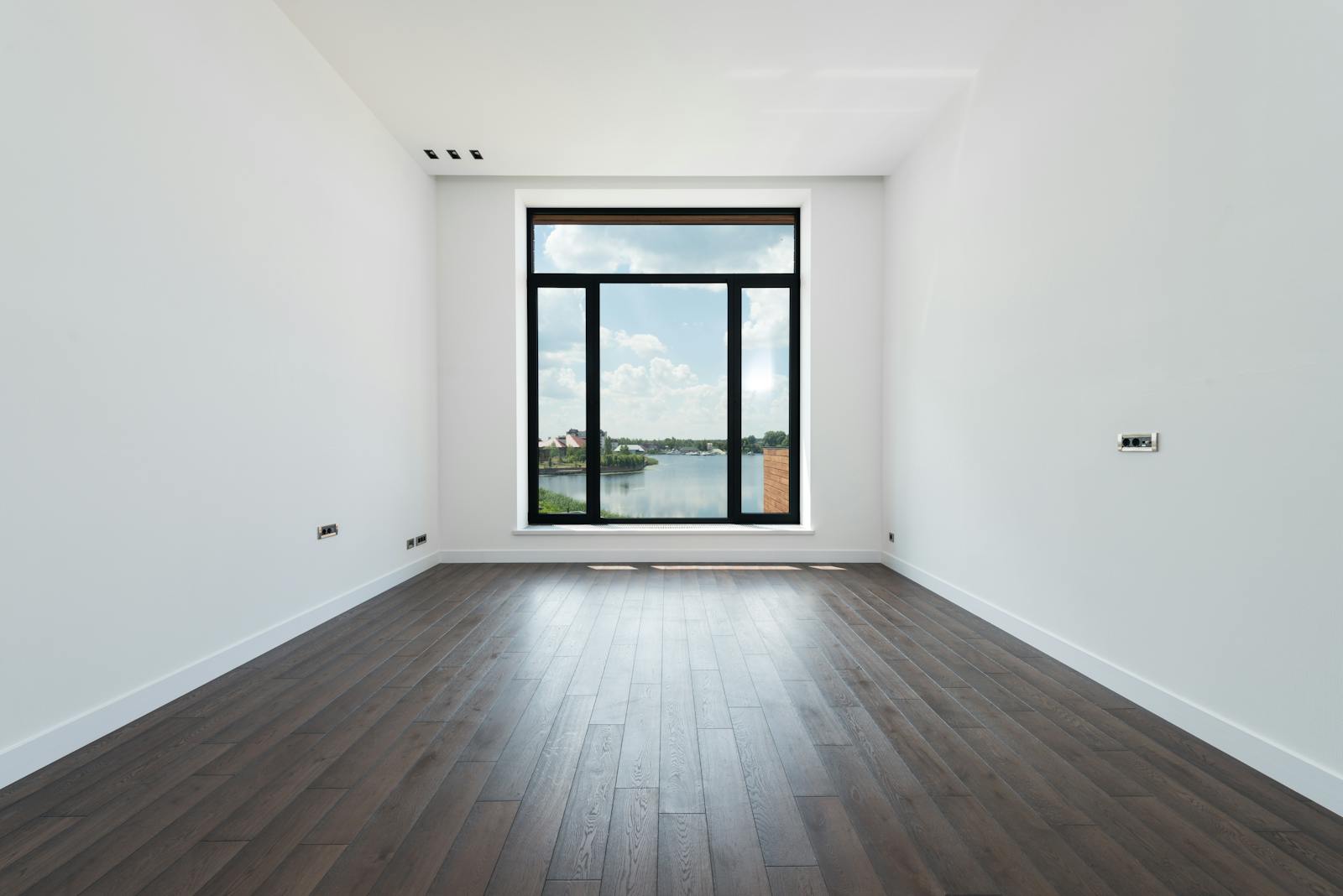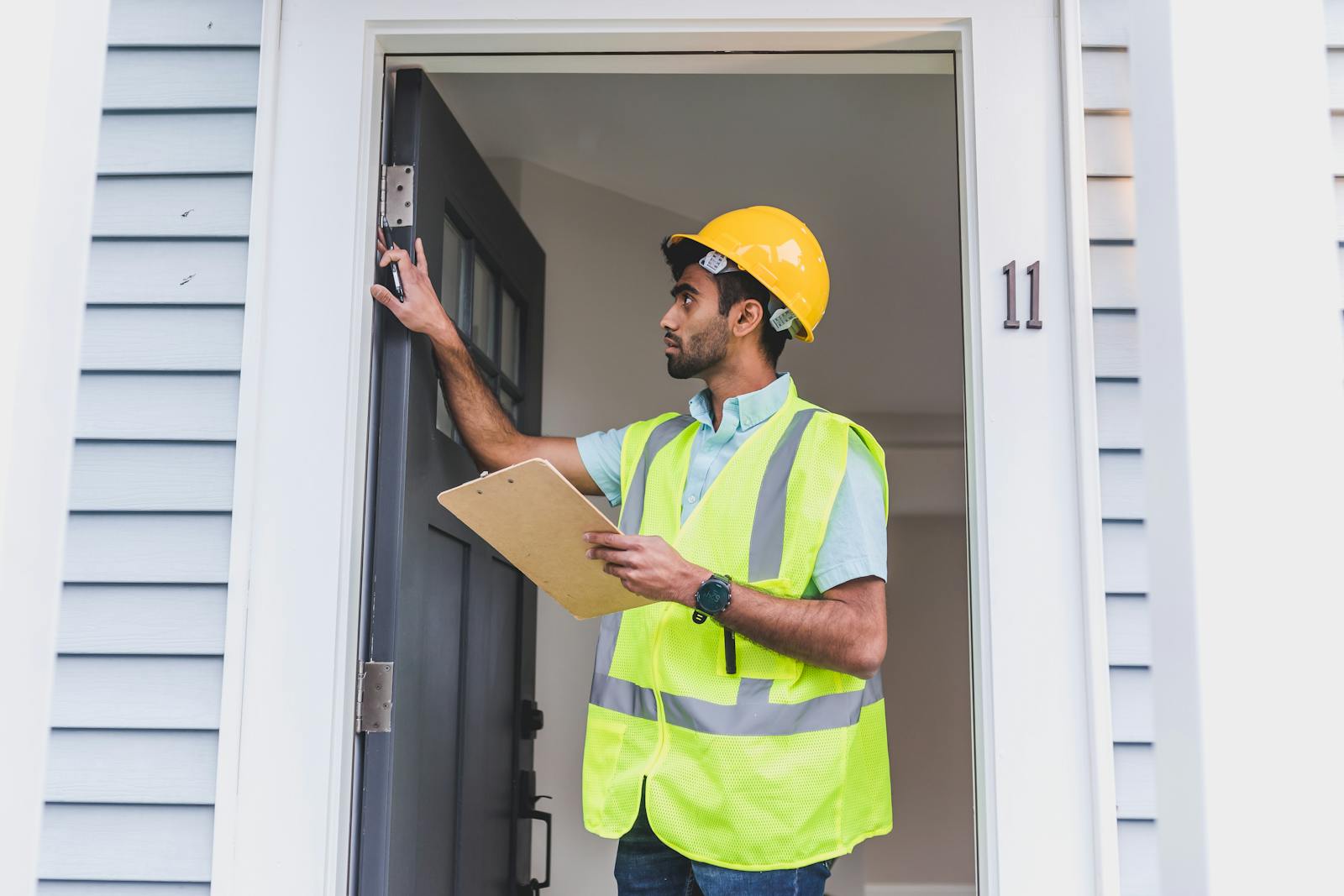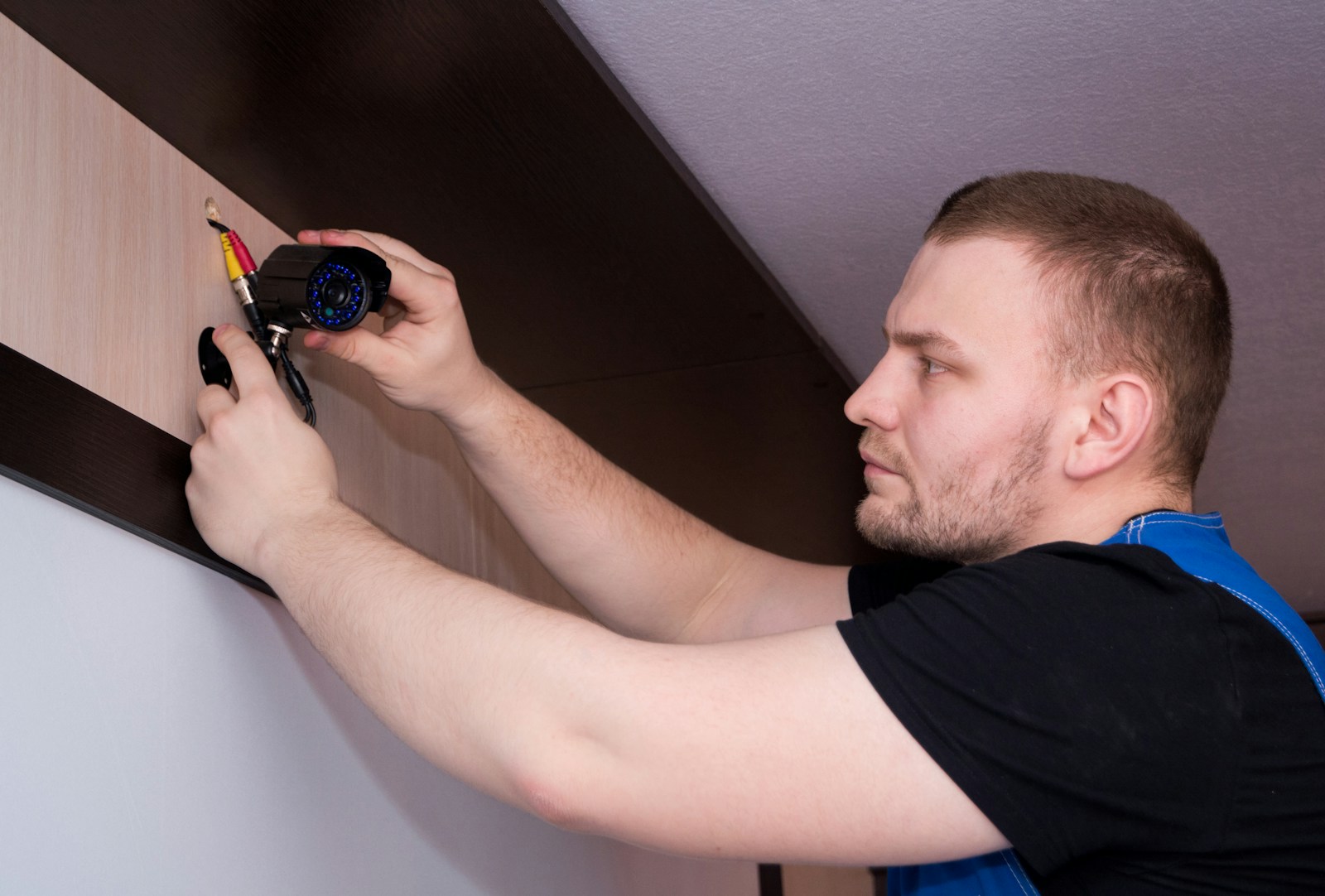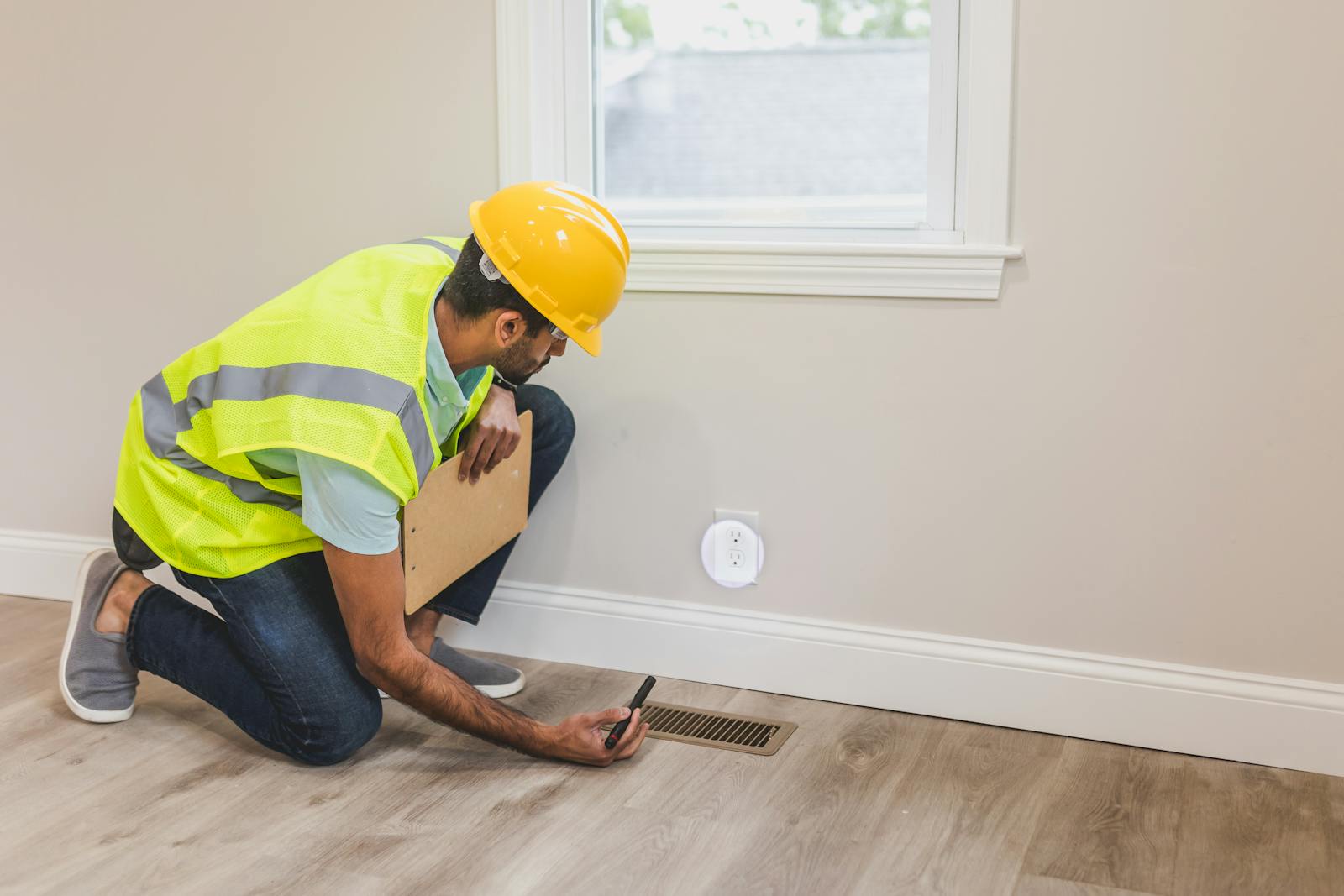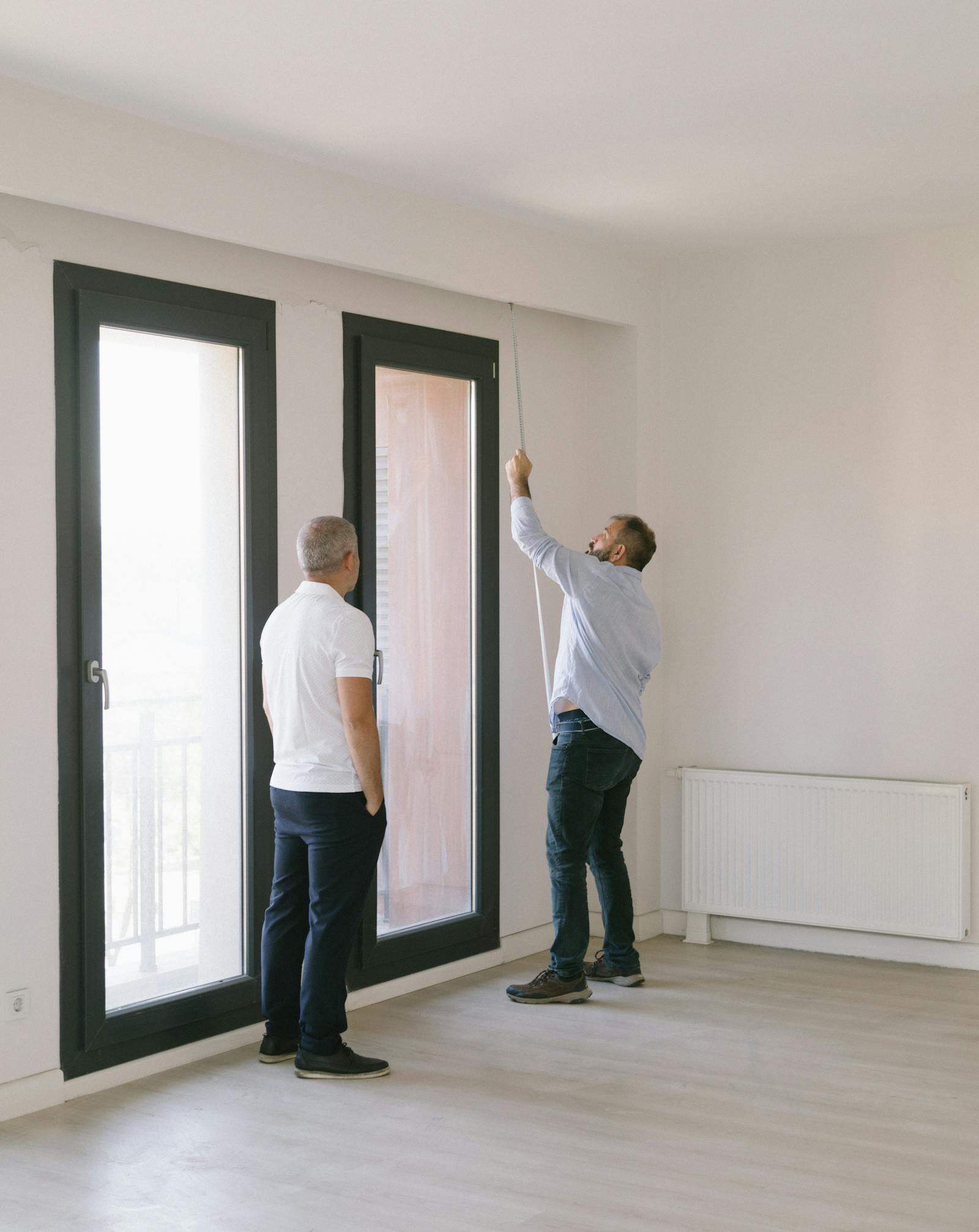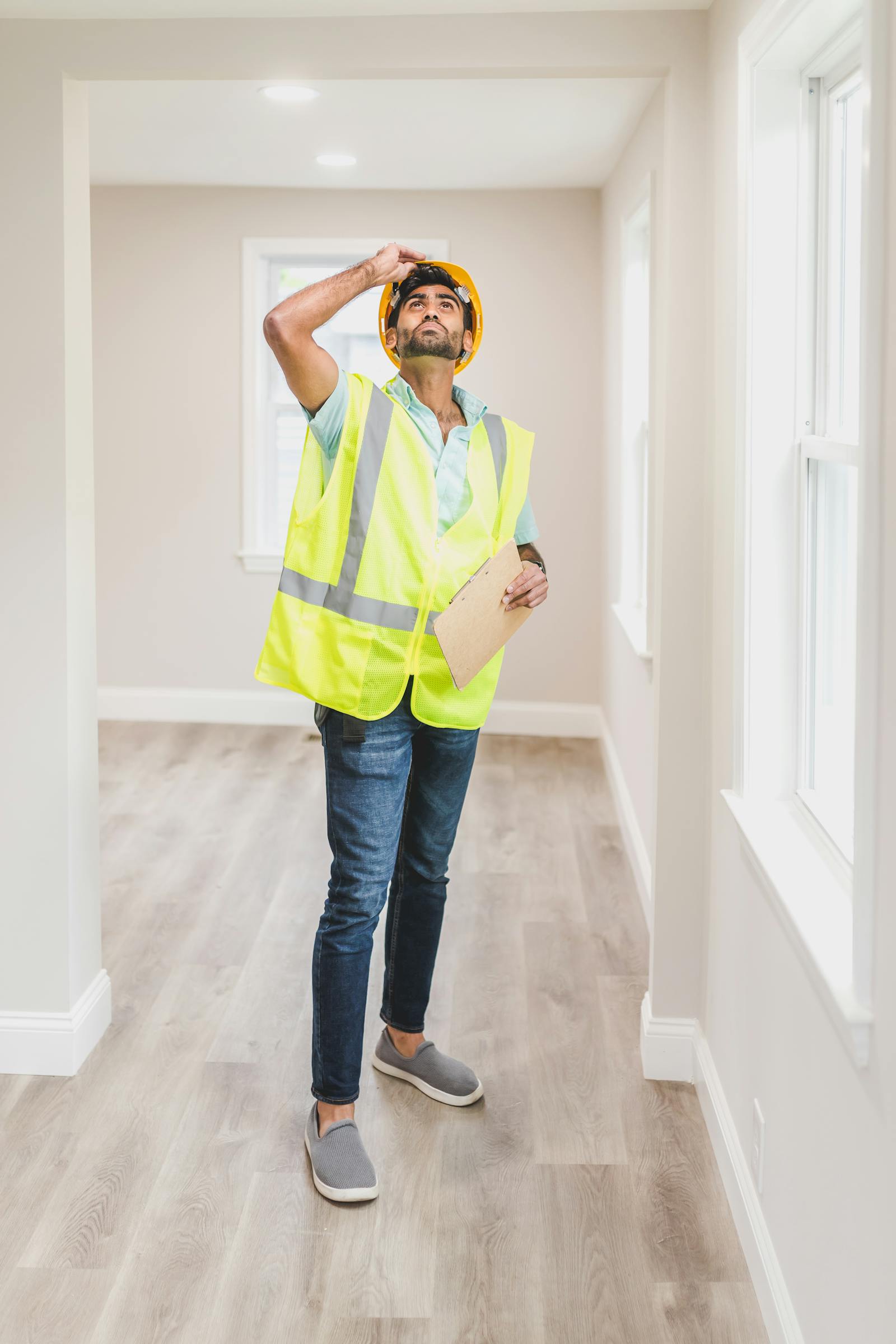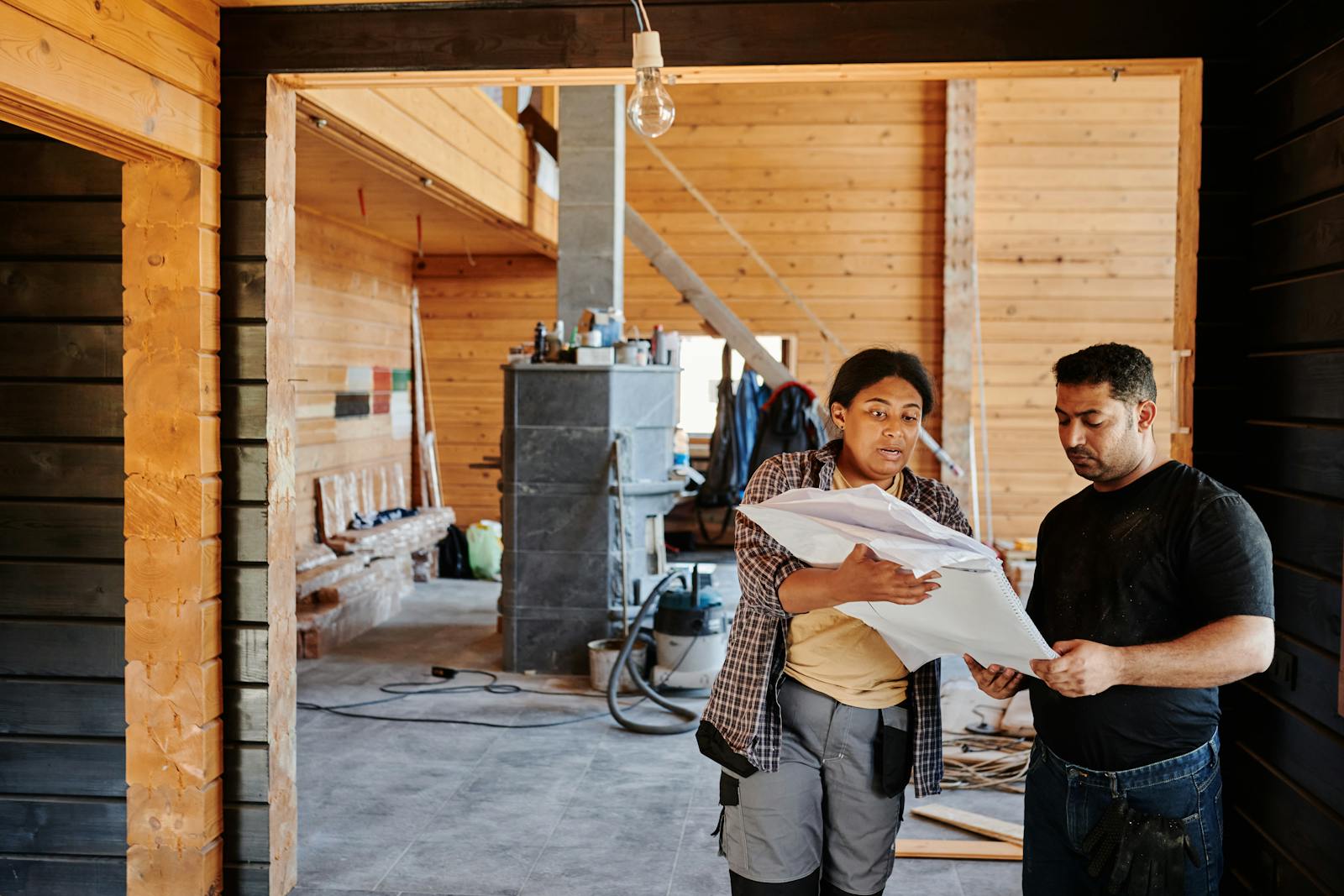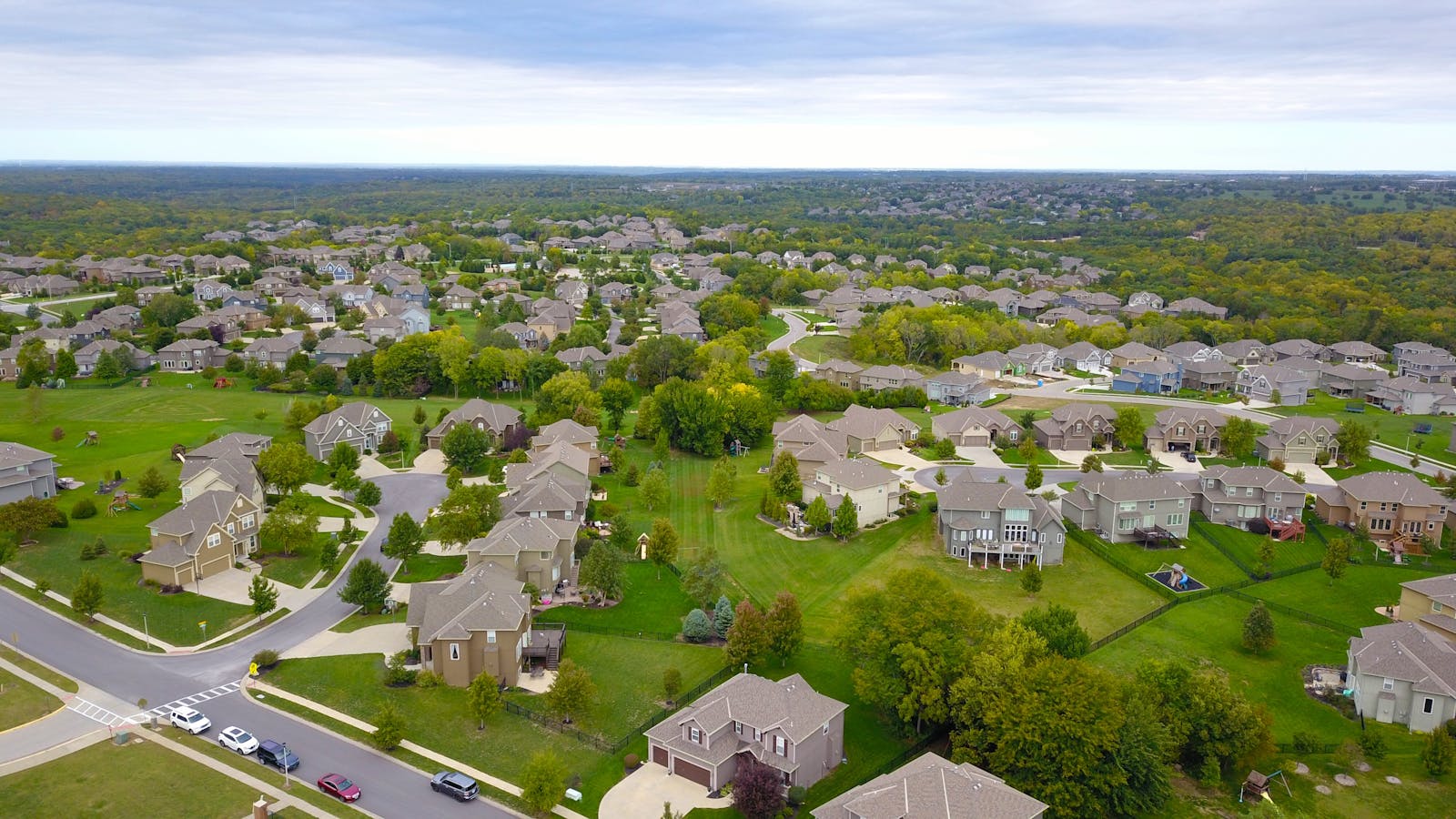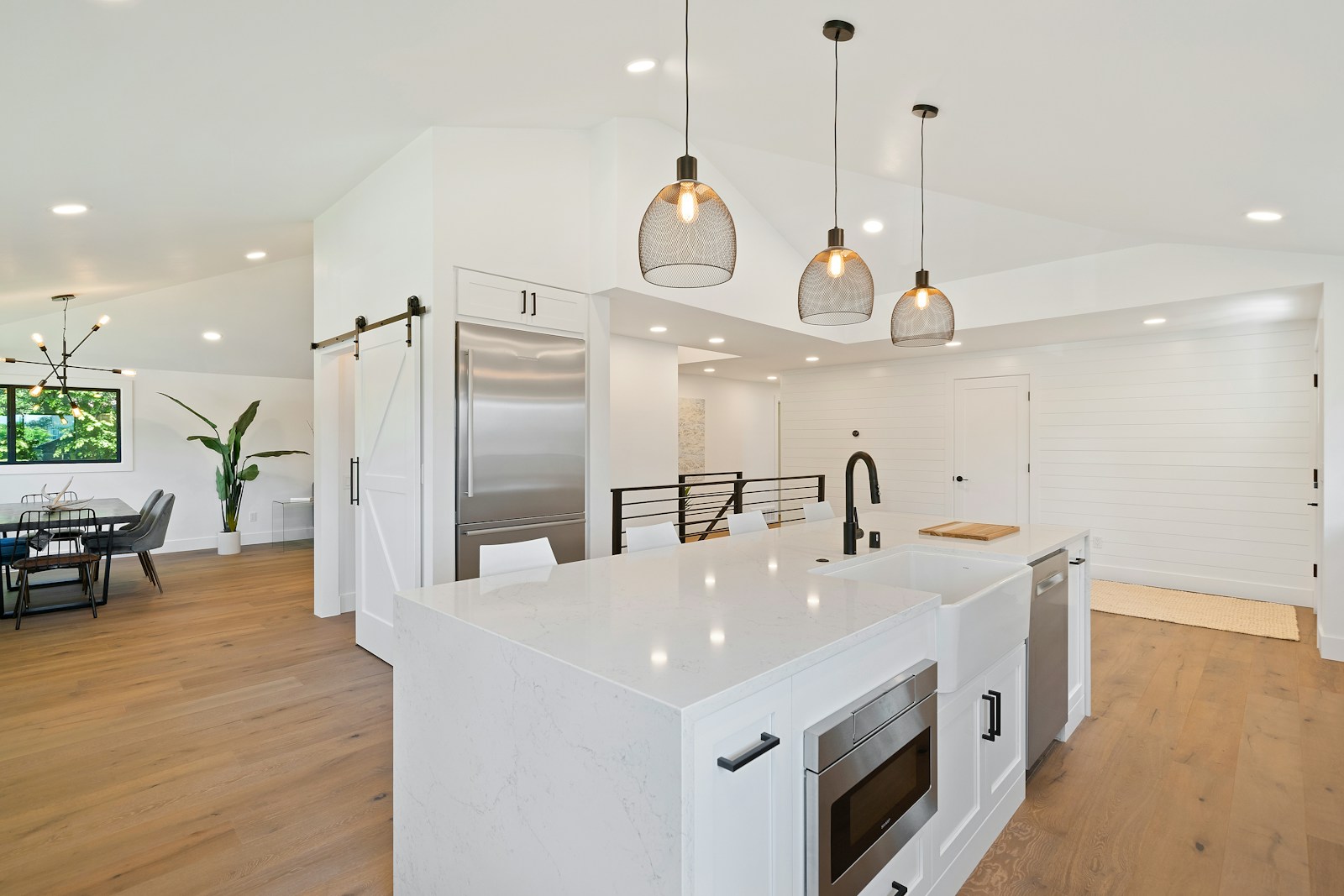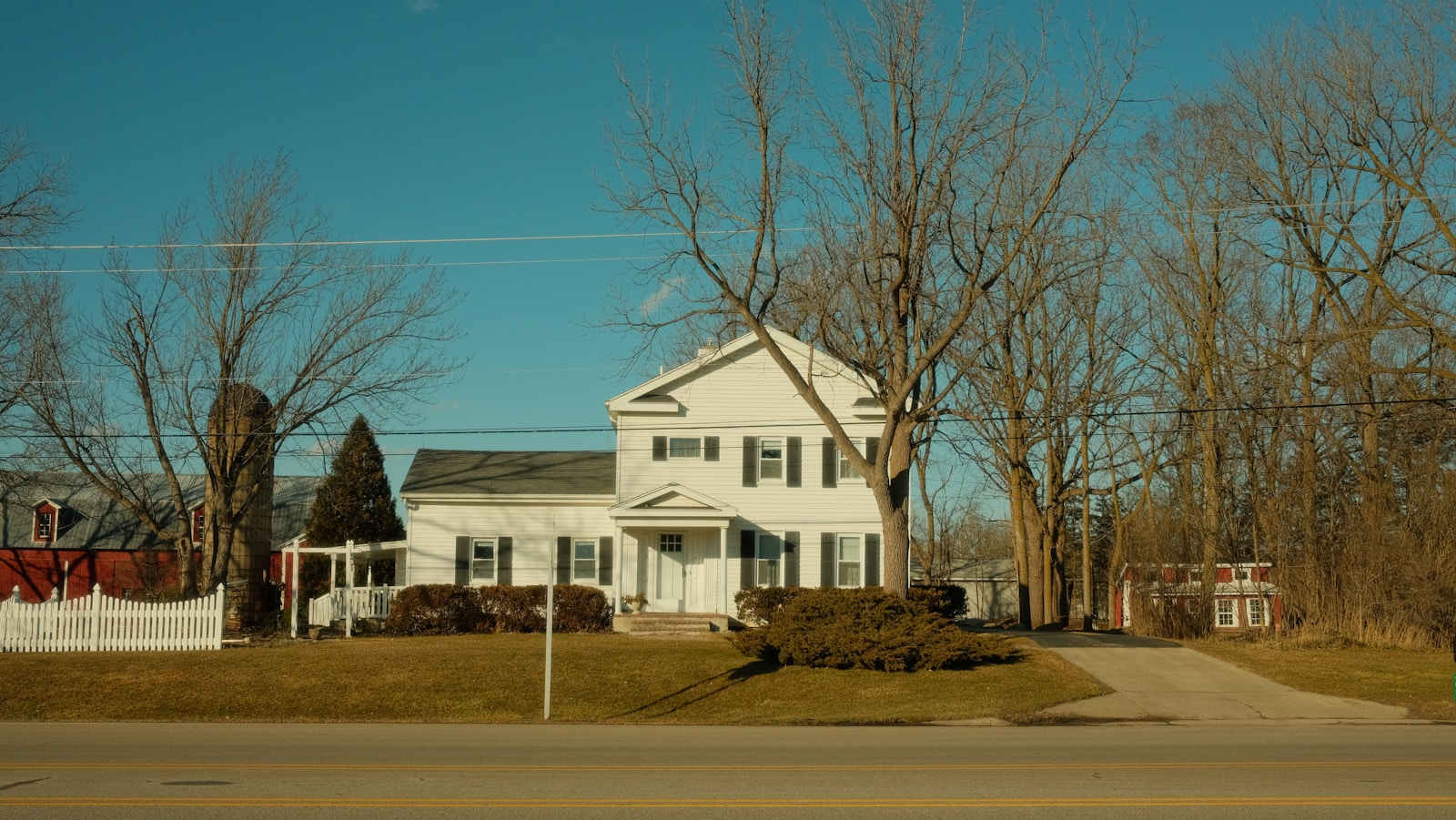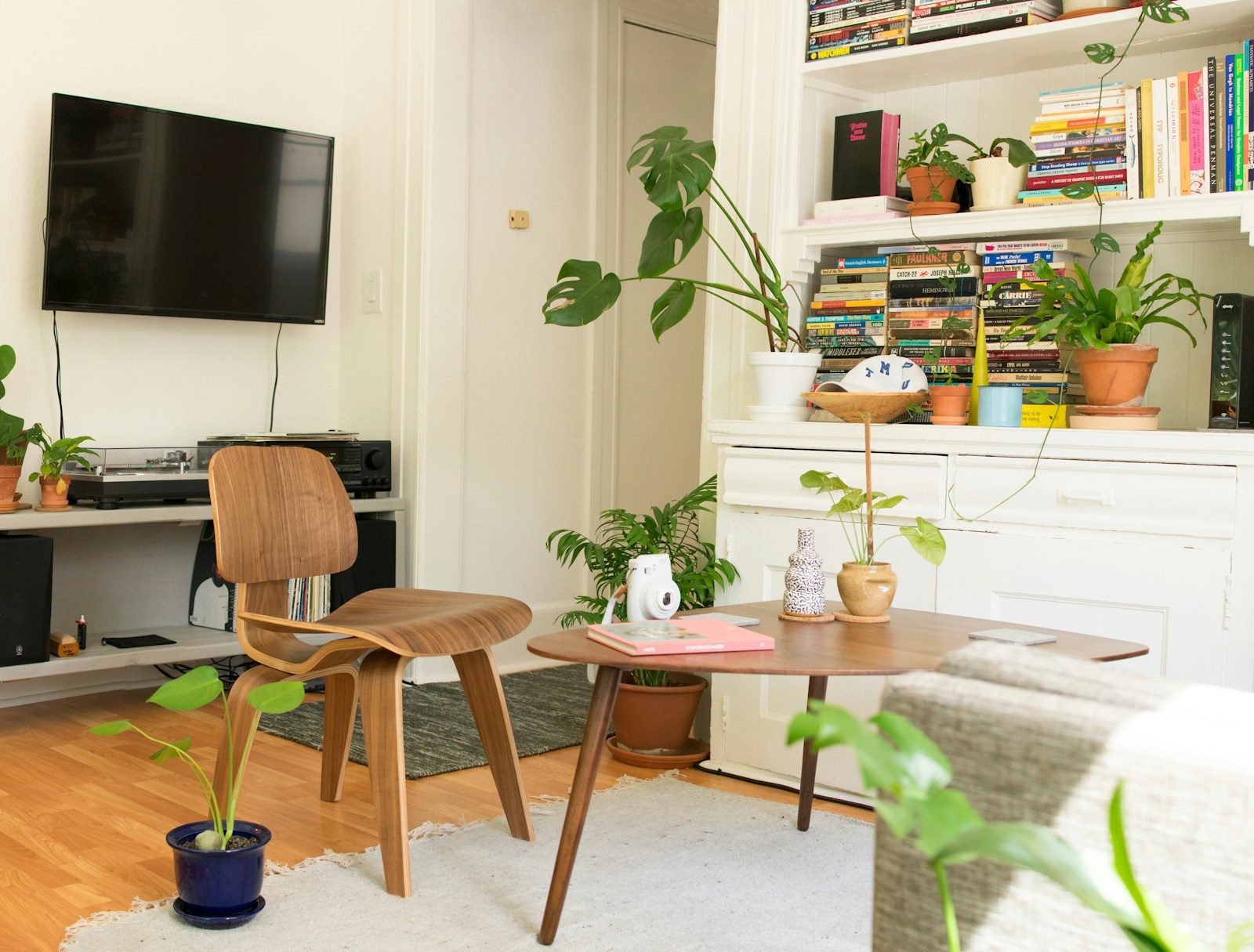Despite a slower-than-expected start to the year, the Canadian housing market is showing signs of gradual recovery. According to the latest figures from the Canadian Real Estate Association (CREA), national home sales rose 3.5% year-over-year in June, with a 2.8% increase from May on a seasonally adjusted basis. While the uptick in transactions is promising, CREA has revised its 2025 forecast, anticipating fewer total sales compared to 2024.

A Market in Recovery, Not Rebound
CREA now projects 469,503 residential properties to be sold in 2025—a 3% drop from last year. This marks the second downgrade of the year, reflecting ongoing market volatility driven in part by international economic pressures, including the Canada-U.S. trade tensions. Earlier forecasts had suggested a modest increase in activity, but buyers retreated amid uncertainty, especially in key provinces like British Columbia, Alberta, and Ontario.
June’s performance was largely fueled by the Greater Toronto Area, where pent-up demand is beginning to surface. While this is a strong signal of returning consumer confidence, real estate activity across Canada remains uneven, with some markets still feeling the effects of earlier disruptions.

Prices Hold Steady—For Now
The national average home price declined slightly in June, down 1.3% from a year earlier to $691,643. Looking ahead, CREA expects the average home price to fall 1.7% in 2025 to $677,368. However, the association projects a modest rebound in 2026, with prices forecast to rise 3% to $697,929. These trends suggest that while prices may soften in the short term, long-term market fundamentals are likely to support eventual price growth.

Inventory, Listings, and Market Dynamics
Inventory levels are slowly stabilizing. At the end of June, 206,435 properties were listed for sale nationwide—up 11.4% from June 2024 and just 1% below the long-term average. However, newly listed properties dipped 2.9% month-over-month, hinting at a cautious approach among sellers.
Many buyers who paused their searches earlier this year may return to the market in the coming months, encouraged by easing interest rates and more stable economic indicators. However, persistent global uncertainties—such as tariff threats—could continue to dampen consumer confidence and impact regional markets differently.
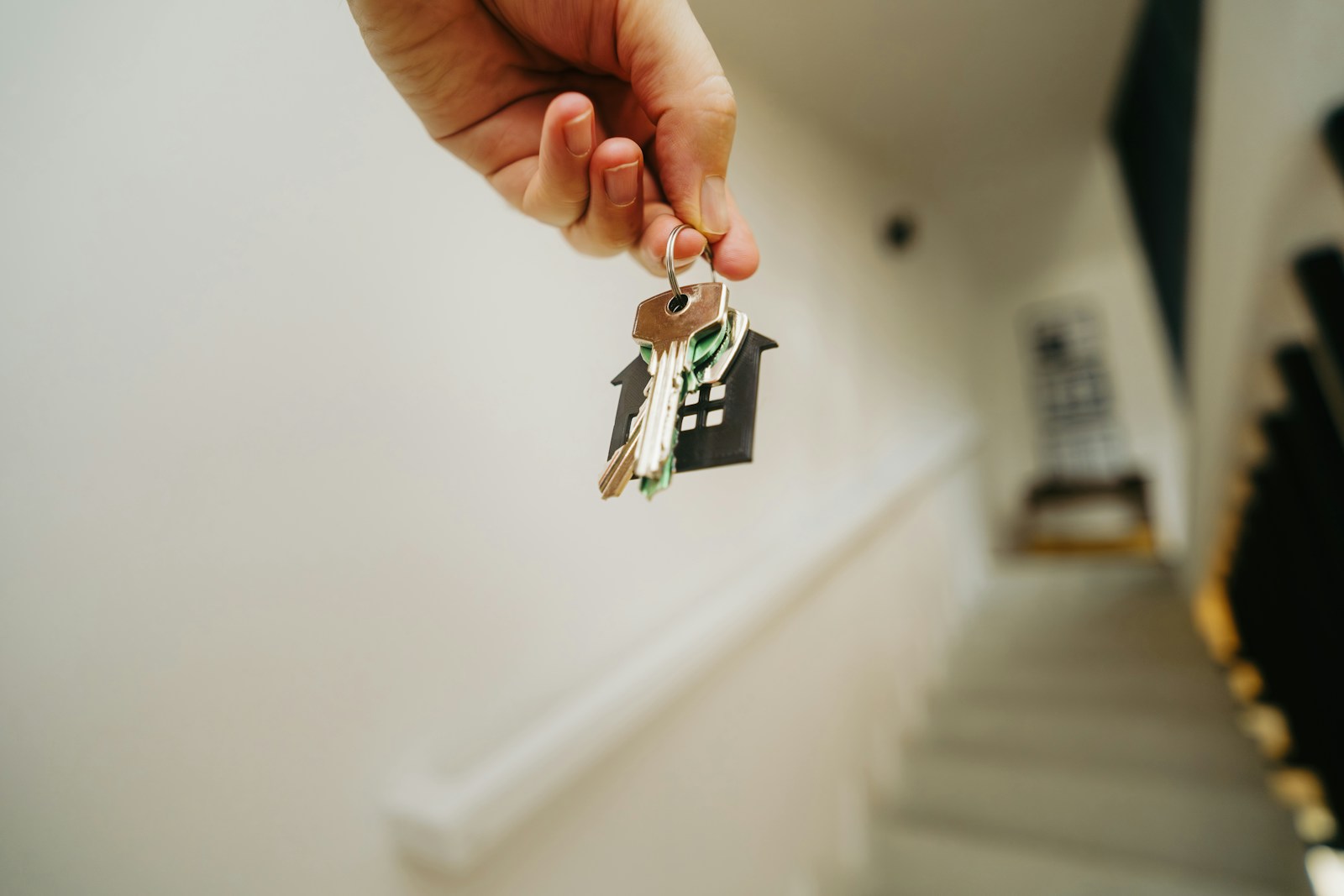
What This Means for Buyers and Sellers
For buyers, current market conditions may offer a window of opportunity. Prices have softened slightly, and with more inventory on the market, there’s potential for better selection and negotiation. For sellers, strategic pricing and proper preparation remain key, especially in markets where activity is still below historical norms.
The next few months will be crucial. If economic stability continues to improve, the Canadian real estate market could see a more robust recovery in the latter half of the year. As always, local market expertise will be essential to navigating this evolving landscape.
Looking to make a move in today’s market? Whether you're buying or selling, now is the time to plan ahead and work with a knowledgeable real estate team to make confident, informed decisions.



